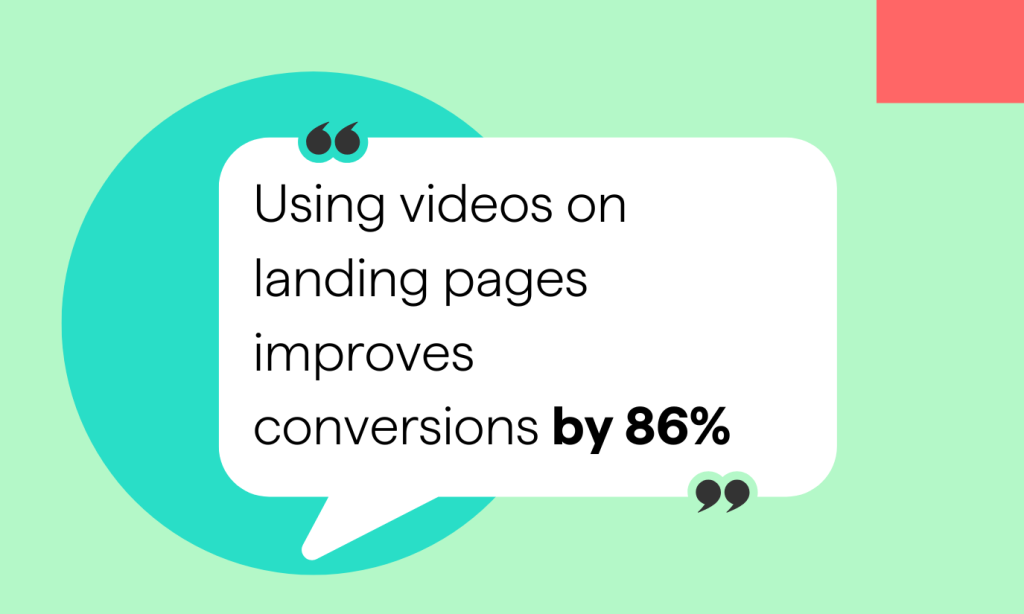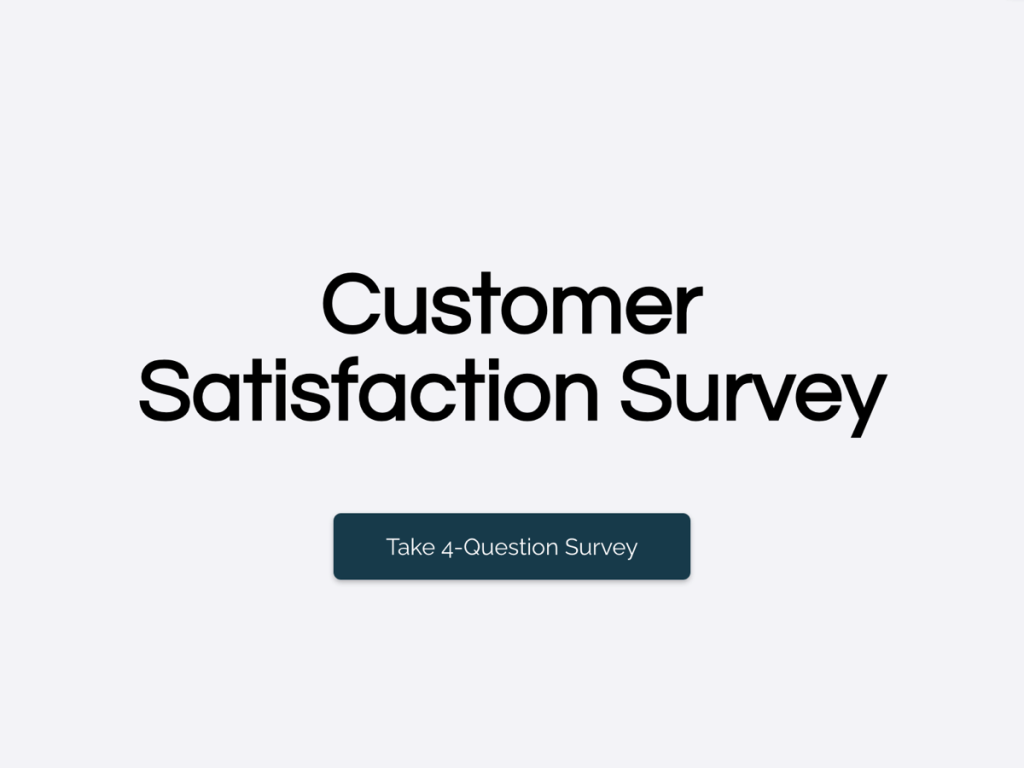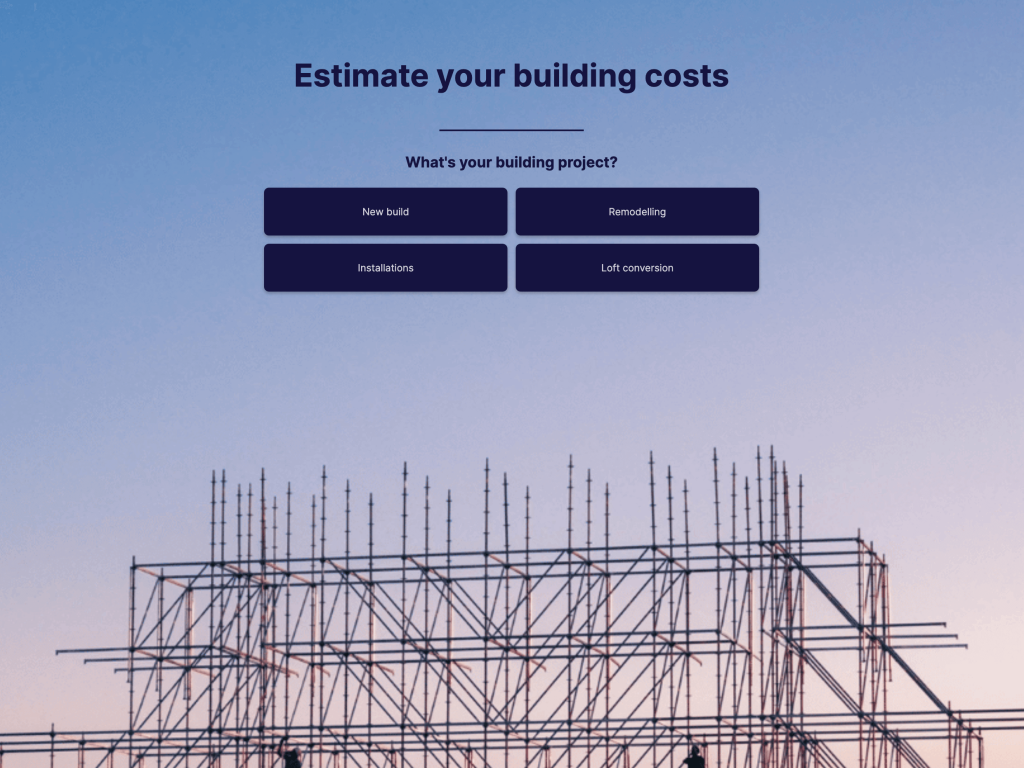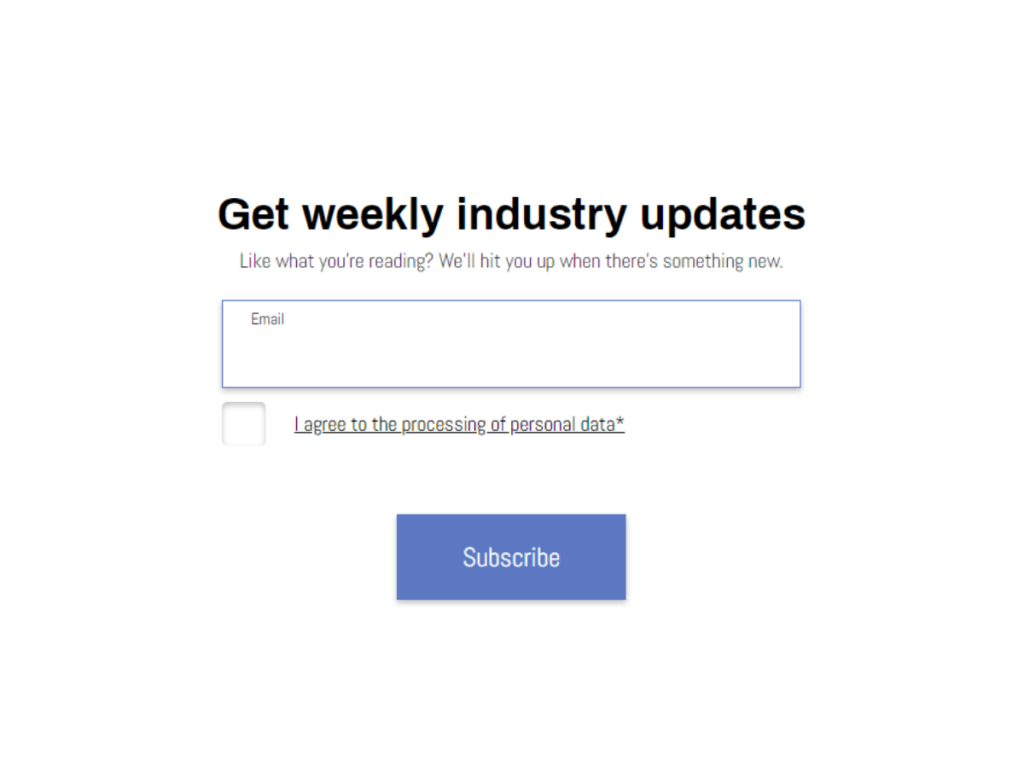No business can hope to survive without leads. As the task becomes more challenging, so does the pressure on marketers to learn how to optimize a landing page for lead generation.
The fact is: There is a wide gap between lead generation goals and our ability to achieve them. To be exact, 91% of marketers prioritize it, yet the greater majority will struggle to accomplish it.
An analysis of over a hundred landing pages found that both B2B and B2C companies don’t convert leads from their traffic. From the B2B perspective, these pages fail to capture around 87% of visitors. B2C pages, on the other hand, lose 91% of them.
The figures paint a grim picture for us. However, if we return to basics and improve our landing pages, we can pivot our direction for the better.
Let’s get into how you can pull it off:
Clear Signs Your Landing Pages Aren’t Effective
There are many reasons why landing pages fail to convert our visitors into leads. Some reasons may be obvious, such as a slow-loading page, while others could be more subtle, such as a specific word or phrasing in your copy. But before we begin optimizing for these issues, we must first recognize if we need to do so and determine what needs fixing.
Our landing pages will usually show signs that they need optimization. Apart from low conversion rates, three other common and critical signs are:
1. Higher Than Average Bounce Rates
High bounce rates mean that you are losing visitors as soon as they open your landing pages. The general industry benchmark for this is around 40% to 60%.
If your bounce rate exceeds this range, it's a strong indication that you might need to refresh your landing pages. However, it's important to note that industry benchmarks for bounce rates can vary. You may refer to the table below:
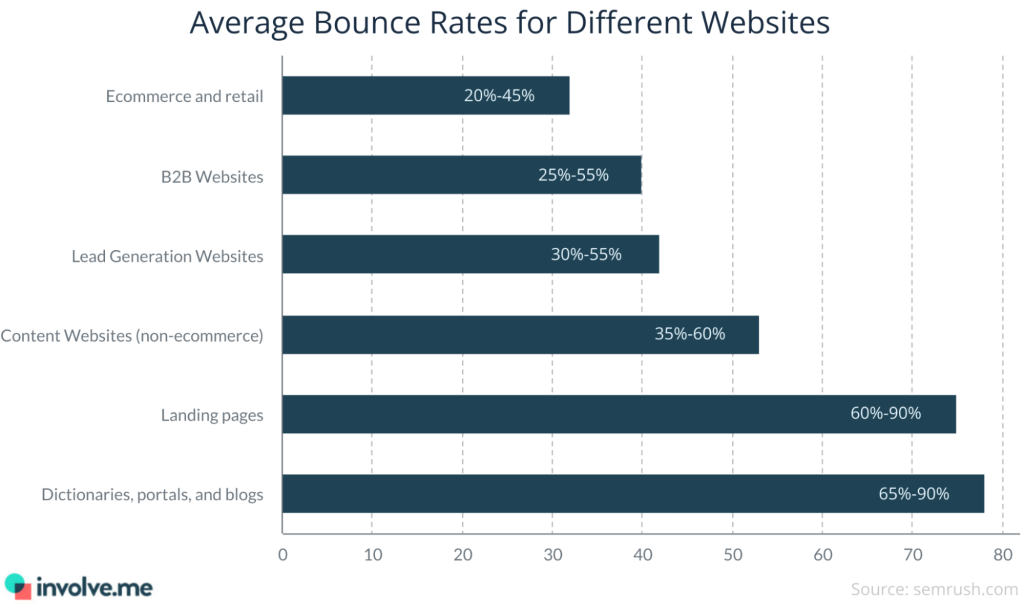
2. It’s "cold" Around Your Call-to-action (CTA) Buttons
We can typically test for this using heat maps. With these tools, we can identify whether our CTA buttons are being ignored and pinpoint other cold or hotspots for visitors. Ideally, areas where CTAs and critical information such as contact details are red-hot.
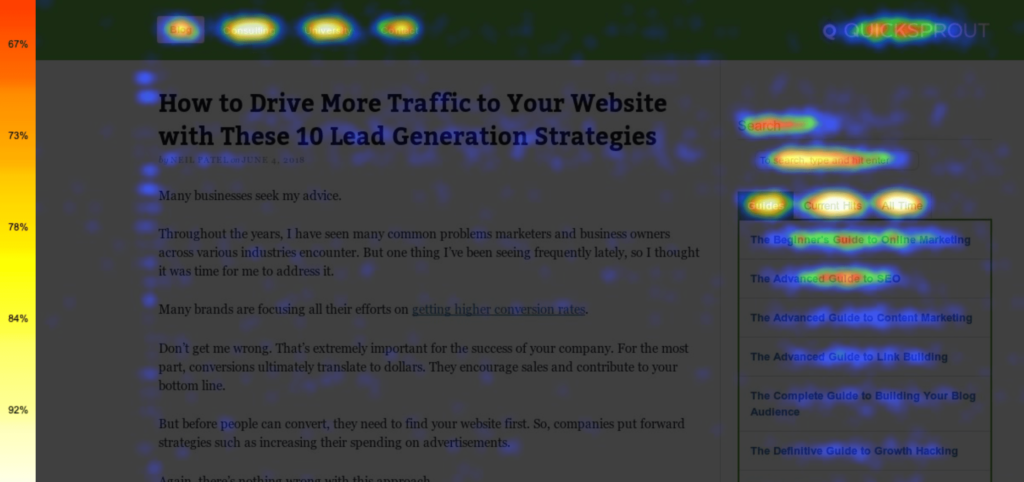
example of a heatmap
If these areas are mostly blue or green, it indicates that visitors are not spending enough time there. When we detect these cold spots, further investigation is necessary to determine why this is happening and subsequently optimize.
3. Your Form Abandonment Rate is High
High abandonment rates for forms indicate that your customers are not completing them. The table below presents some industries with the highest form abandonment rates:
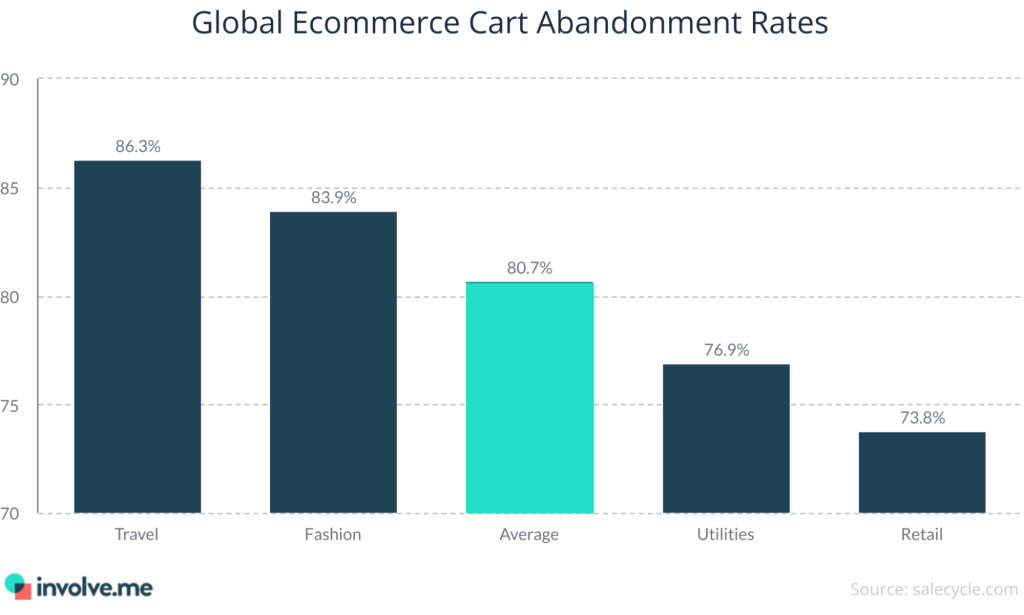
The rate of form completion depends on various factors, which can vary from one business to another. Generally, statistics on abandonment rates suggest that the most commonly abandoned forms are those that are:
Too lengthy
Require users to sign up
Are not functional or user-friendly
Ask for a phone number
However, it's essential to note that some of these reasons do not necessarily reflect industry standards. For instance, certain industries still achieve a decent form completion rate even with lengthy forms or requests for a phone number. It's crucial to assess your business needs and user preferences accordingly to strike a balance.
Use this free AI-form generator to create a branded form for your website:
Create your form with AI
Just paste your URL & click generate
How to Optimize Landing Pages for Better Conversions
Conversion optimization for landing pages entails achieving two goals.
The first goal is to enhance the usability of a landing page to remove any barriers to transactions. This process begins from page discovery and culminates in form submission.
Our second goal is to ensure that our landing page aligns with the motivations of potential leads.
Let’s begin with laying the groundwork.
Phase I: The Groundwork
Great executions are founded on excellent plans. Given that a significant portion of our business performance hinges on a few key landing pages, thorough due diligence is essential to reaching our goals.
1. Understand Your Audience and Their Pain Points
Our first priority is to study our customers, as their motivations and pain points form the core focus of our optimizations. This is the first step that will determine everything that follows in our optimization efforts.
As Sarah Jameson, the marketing director of Green Building Elements shares:
“Without understanding your audience, you end up with tone-deaf executions that fail to resonate, let alone attract leads.” She further underscores the importance of this by expressing that, customer-centricity is paramount in today’s online landscape.
“Audiences are looking to connect and resonate with brands instead of just being ‘sold to’. But in creating an emotionally resonant campaign or landing page, we must take the time to sit down, study, and understand our audiences – who are they and what can we do to help them?”
We begin by defining the personas of our target audience, which initially involves outlining presumed traits, characteristics, and behaviors of our ideal customers. These personas represent the fundamental identity of our target audience.
When crafting an audience persona, ask questions like:
Who are we trying to help?
What interests them?
For what problems will they require our solutions?
As a document, it looks somewhat similar to this:
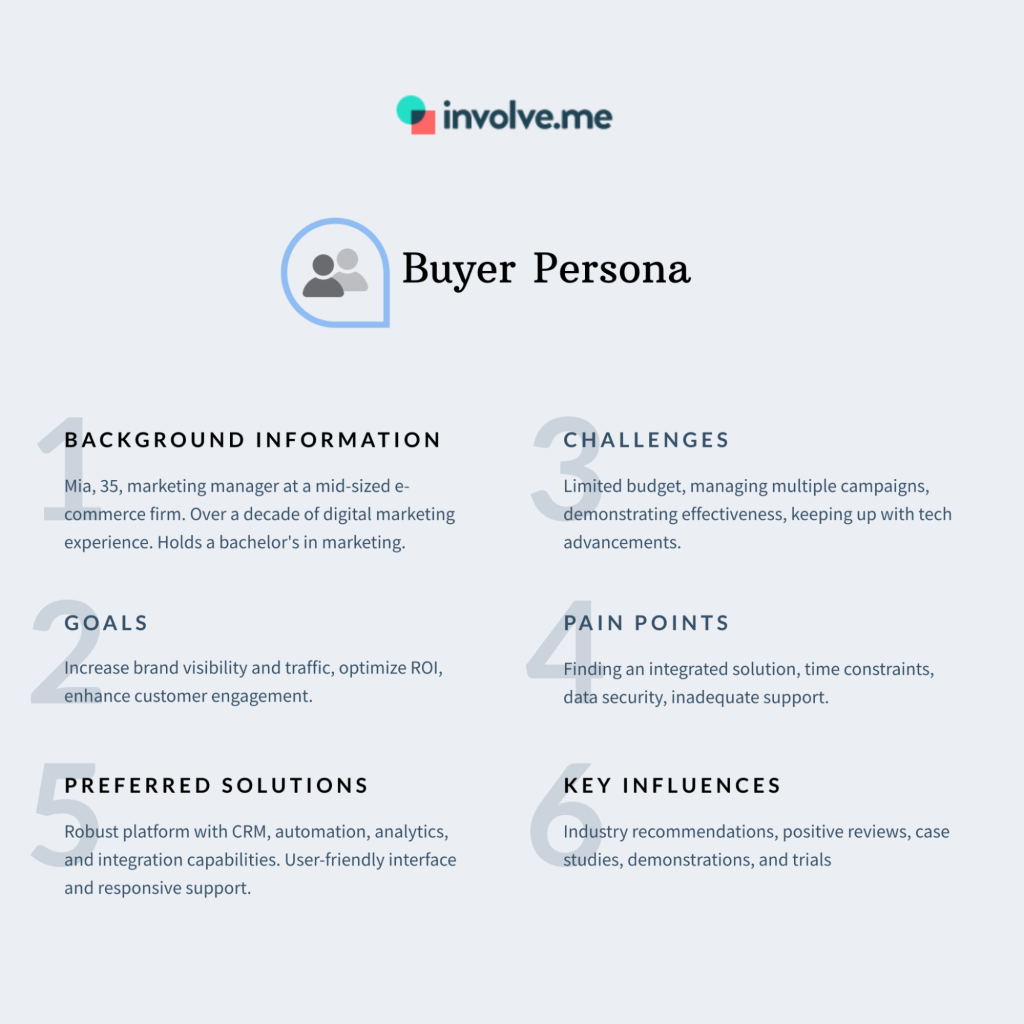
The answers to these questions will help us analyze their pain points and motivations – what makes them act or what makes them leave. Once we have the answers, we should be able to form an opinion of what they want from our landing page and map out the customer journey.
PRO TIP: Your business and customers are not isolated entities. We will inevitably be influenced by larger, external trends in our industry landscape. Therefore, to enhance our insights and understanding of our customers and their responses to industry dynamics, conduct competitor and industry analysis.
2. Set Clear Objectives
In the next step of the groundwork phase, we set our objectives. As marketers, I suppose we are all aware of how to set SMART goals, so I won’t get into it in this article.
It’s essential not only to set SMART goals but also to establish the metrics that will gauge our progress in achieving them.
Similarly, setting inappropriate goals or expecting your landing page to fulfill a goal it fundamentally cannot achieve will misguide your efforts.
To help you out, here are a few vital landing page performance metrics along with general industry benchmarks:
METRIC | INDUSTRY AVERAGES |
Conversion Rate | 2.35% |
Bounce Rate | 40% to 60% |
Average Time Spent on Page | 52 seconds |
Form Abandonment | 75% to 81% |
Cost per Conversion | $56.11 to $90.80 |
FINAL NOTE: As landing pages serve various purposes for businesses and the optimization process can be lengthy, clarity in goals is essential to prevent confusion along the way.
Phase II: Designing and Developing Your Landing Page
With our groundwork laid down, it’s time to proceed with the design and development of our landing pages, along with the key elements to include for better landing page conversion. In this step, the main focus is on user experience (UX), as poor UX can deter leads.
Also, we further our customer research by investigating website performance and other data sources to identify areas for improvement.
Now, let’s dive into the specifics.
1. Write Compelling Page Copies
Copywriting is a precise craft that, when done right, persuades people to act. Specialized practices like direct-response copywriting are the best ways to create engaging landing pages.
Whether you’re working with a copywriting team or crafting content on your own, ensure to use proven frameworks to achieve the best results possible.
Here are a few of the most basic, yet effective ones:
FRAMEWORK | DESCRIPTION |
Problem - Agitate - Solution (PAS) | Problem: State your target audience’s pain points. Agitate: Intensify the problem; build anticipation for the solution. Solution: Relief; present your solution. |
Features - Advantages - Benefits (FAB) | Features: Details basic information about your products and services. Advantages: Answers how you are different from competitors. Benefits: Explain the main problem resolution you offer. |
Before - After - Bridge (BAB) | Features: Describe the current, unideal state of your audience. After: Depict the results they can achieve – their ideal state. Bridge: Connect these two points with your solution as the bridge. |
Clear - Concise - Compelling - Credible (The 4 Cs) | Clear: Your copy is easily understood and doesn’t distract. Concise: Delivers the point quickly. Compelling: Sounds confident, convincing, and persuasive. Credible: Conveys authority and trustworthiness through proof. |
Problem - Promise - Proof - Proposal (The 4 Ps) | Problem: Describe the pain points of your audience. Promise: Discuss the solution to these pain points. Proof: Provide evidence of the results from the proposed solutions. Proposal: Detail the solution and deliver the offer. |
No matter the framework you choose for your landing pages, take note of the following best practices when writing landing page copies:
Write unique and attention-grabbing headlines. Doing this is often tricky but important to getting audiences on your landing page. Remember that no matter how engaging your landing page is, it won’t serve its purpose if the headline itself fails to capture attention.
Always have an engaging CTA. You want to instigate action so that your optimizations bear fruit, that's why you need engaging CTAs. Apart from being snappy and direct, consider the color, size, and placement when optimizing your CTAs (more on this later).
Keep it simple. Lastly, keep it simple to avoid confusing and turning your leads away. Avoid jargon, fluff, and unnecessary words that only clutter your writing.
2. Make Your Layouts Engaging
One mistake many of us make with landing page layouts is thinking that they are inconsequential to our results. However, in truth, a well-thought-out landing page layout synergizes with all the other elements that make it engaging.
Simply put: Great layouts help improve conversions by keeping the intention focused and clear.
Some key considerations when designing your layout include:
Logical information hierarchy. Information hierarchy pertains to the logical order of information on your landing pages. Hence, apart from frameworks, this should also guide you in writing your copies. Some best practices to note for information hierarchy are:
Lead with the most pertinent information above the fold.
Use headings for visual breaks in the text and to organize the flow.
The message in subheadings and paragraphs should align with the heading.
Insert dynamic content to make it engaging. Dynamic content such as videos, quizzes, surveys or other types of media also help tell your story. 38% of marketers turn to videos because they believe that these positively impact their landing page conversion rates.
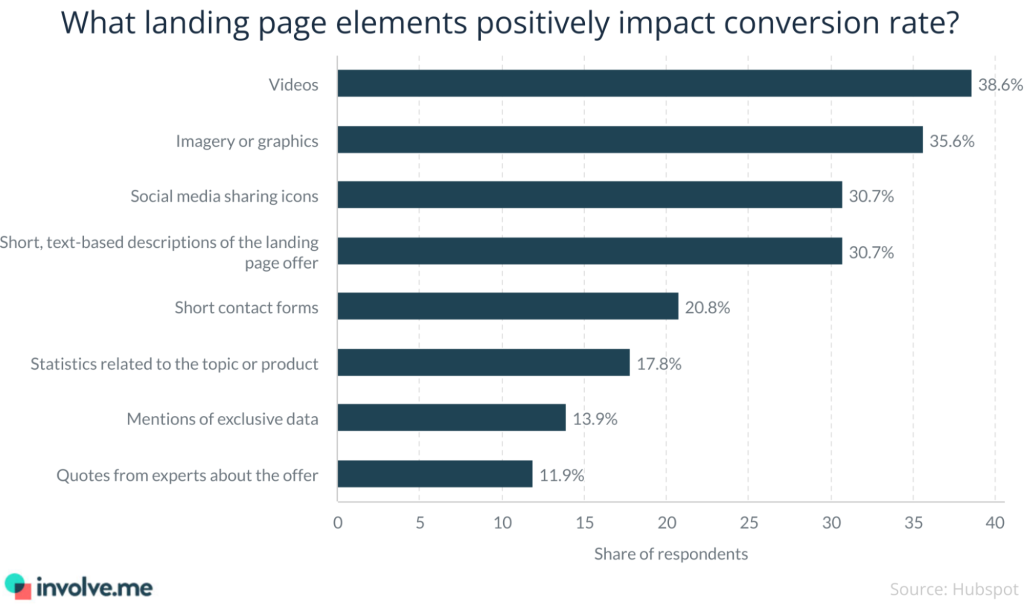
Interactive quizzes, surveys, polls, and calculators are powerful tools to engage visitors and collect valuable data. Quizzes provide a fun and interactive experience, incentivizing visitors to exchange their contact information.
Surveys and polls gather audience opinions, offering value while obtaining market research data. Calculators offer practical assistance to visitors, encouraging further engagement with your content.
To add more interactive content such as free tools, quizzes, forms, use the templates below:
Create Interactive Content For Your Website
Use these customizable templates
Home Insurance Finder Quiz Template
Customer Satisfaction Survey Template
Building Cost Calculator Template
Built-In Closet Designer With Pricing Template
B2B Product Finder Template
Subscribe To Newsletter Template
Simplify page navigation. Don’t make it hard for your potential leads to find information and move from one part of your page to another.Clearly indicate clickable buttons and visible hyperlinks to guide users to their intended destinations.
3. Earn Trust by Incorporating Credibility Signals
Credibility signals such as security certifications, press features, and social proof—are commonly used on landing pages. In my opinion, a landing page should always have these elements as they are vital in earning the trust of your audiences.
First, earn their trust and then they’ll be willing to give you the information you need.
Another thing to note is the importance of case studies. They provide evidence of your brand's reliability and effectiveness in solving clients' problems.
4. Implementing Effective Call-to-Actions (CTAs)
The one thing to remember in CTAs is that you should avoid defaulting to generic ones. These blanket CTAs kill conversions faster than a slow landing page.
Some best practices in writing and designing CTAs are:
Be specific. Use an action that is specific to the intent of your page. Say what you mean. For example, if you want your audience to sign up for a webinar, indicate in the CTA button “Register for the Webinar”.
Use strong action words. Don’t settle for flimsy action words or phrasal verbs like “Check Out” unless you’re asking audiences to check out a product. Instead, use direct verbs. If you want them to click for more information, say that directly like, “Read More About the Webinar Topics”.
Test different placements for your CTAs. Some visitors may be ready to convert as soon as they land on your page. Therefore, it's beneficial to include a prominent call-to-action (CTA) and form above the fold to capture these immediate conversions. However, it's essential not to neglect a CTA at the bottom of the page, as most visitors require more convincing before converting.
5. Optimize Form Fields for Your Target Audience
In the second phase, it's crucial to ensure that our online forms are optimized and functioning effectively. After all the effort of designing and developing a splendid landing page, we wouldn't want to miss out on converting visitors, right?
This leads to the debate about whether short forms are more effective at converting leads than longer ones. However, I find this line of thinking somewhat unnecessary. Instead, it's more productive to test different form lengths in order to find a balance. The truth is, for some businesses, long forms can work just as well as, or even better than, short ones.
Regardless of the form length, there are form design templates available to help you develop one quickly. Here are some recommended best practices to keep in mind:
Form field indicators: Clearly indicate the type of information requested in each form field (e.g., name, email address, phone number) to ensure readability and clarity for your leads.
Auto-fill functionality: Incorporate auto-fill features to streamline the form-filling process and provide convenience for users. This helps prevent frustration, especially if the page is accidentally refreshed.
Request only necessary information: Ask for information that is essential to the goal of the page. Requesting unnecessary details may create doubts and deter leads from completing the form.
Consider creating a branded form with AI tool that follows the best practices:
Create your form with AI
Just paste your URL & click generate
Phase III: Technical Considerations and Continuous Improvement
The final phase of optimizing landing pages for conversions involves more technical aspects such as A/B testing and mobile optimization.
Optimize Your Pages for Mobile Friendliness
Ensure that landing pages and forms are navigable on mobile devices. This is critical not only in respect to Google’s standards but also for user-friendliness.
“With the majority of our online interactions now happening on mobile devices, there is no foregoing this step,” asserts Victor Karpenko, founder of Seoprofy. “If your website or landing page isn’t adapting to different screens, that is almost immediately a sign that you don’t know what you’re doing,” he says, further underscoring the importance of this step.
More to Karpenko’s point, apart from adaptability, load times also play a role in mobile friendliness. Use tools such as Google Search Console or Google Lighthouse to consistently assess the mobile-friendliness of your landing pages. Below is a sample of the test results of the latter tool for reference.
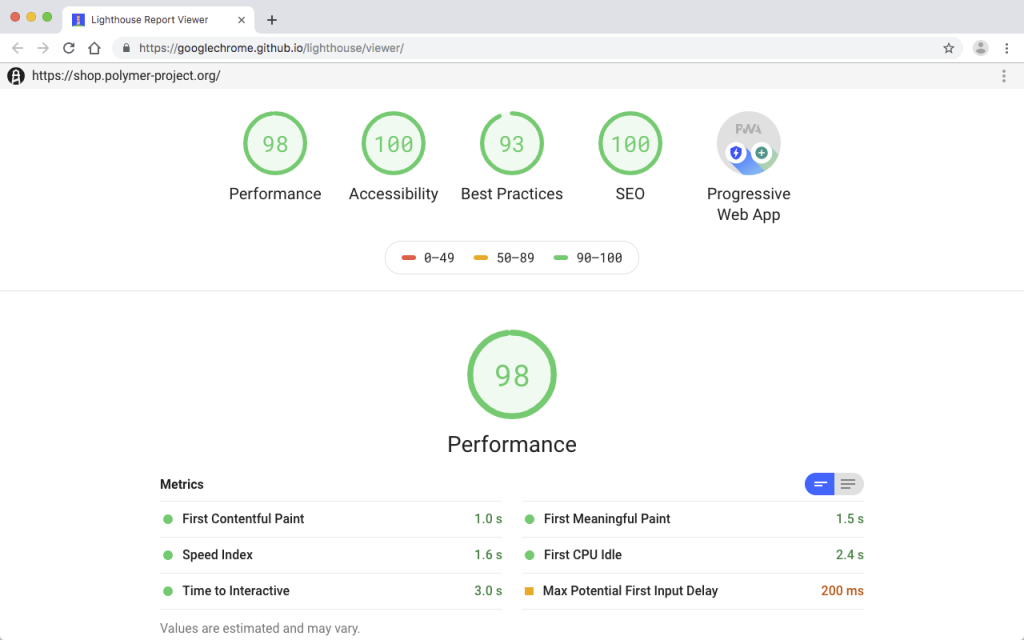
A/B Test Your Pages and Iterate to Improve
A/B testing is a technique used to compare different iterations of pages to identify the version that best achieves desired results. Conduct these tests and adjust landing pages to improve conversions, thereby maximizing the cost-efficiency of campaigns.
Here are a few best practices to ensure accurate testing:
Identify key metrics to track. Ensuring alignment between goals, metrics, and key performance indicators (KPIs) is crucial for capturing accurate data and generating insightful results from our tests. Therefore, when identifying metrics, it's essential to remain mindful of our goals and hypotheses for the test.
Suppose your working hypothesis states: "If I shorten the contact form, I will reduce the form abandonment rate by 5%." In this scenario, the metrics we will focus on are the abandonment rate, and our key performance indicator (KPI) is achieving a 5% reduction in that area.
Iterate only one element at a time. Since there are so many things we can do to optimize a landing page, we may make the mistake of changing multiple elements at a time during a test.
Continuously monitor results. Conversion optimization is a continuous process of experimentation and iteration.
While a landing page may seem like a small area of your website to monitor, continuously improving upon them is crucial. Doing so not only helps achieve results in the present but also leads to long-term benefits. By establishing a practice of testing and innovating, we uncover untapped opportunities to enhance lead generation and overall business performance.
Conclusion
Optimizing landing pages for lead generation is indeed a challenging task. As we've discussed, it involves more than just being systematic; it requires being attuned to your customers, conducting meticulous research, and being thorough testers.
We wear these different hats at various phases of the optimization process, swapping them out as necessary. We strive to remain curious and push for innovation, aiming to understand our customers better, prompt them to take action, and ultimately provide better solutions for them. This ongoing dedication to improvement ensures that our landing pages continuously evolve to meet the ever-changing needs and preferences of our audience.

